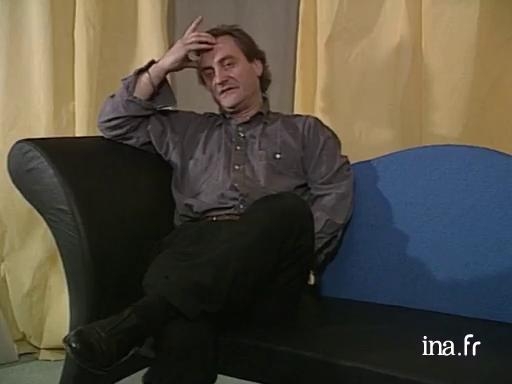Borek Sipek exhibit in Dijon

Information
For the first time, designer and architect Borek Sipek's work is presented in France thanks to the Epokhe gallery in Dijon, which dedicates a l'Objet et le Rêve exhibit to him. Following a brief reminder of his career path, Borek Sipek talks about the direction that European architecture needs to take. The artist's projects for the Czech Republic and abroad are brought up.
- Europe > Czech Republic
- Europe > France > Bourgogne > Côte-d'Or
- Europe > France > Ile-de-France > Paris
- Europe > Germany
- Europe > Netherlands
Context
An unusual artist born in Prague in 1949, Czech Borek Sipek left his mark on contemporary design by proposing creations influenced by Baroque styles and made up of delicate and luxurious patterns. With his vases with rings and handles, his stylised armchairs, he shook up partisans of a purified style.
Having emigrated to Germany after the events of 1968, he studied philosophy and design before moving to Amsterdam in 1983, where he created his own studio. The grandson of a glassworker, Sipek considers this material to be the most demanding means of expression, and so he returned to Czechoslovakia in 1991 to establish a second studio dedicated to glass creation. The artist was firmly decided on creating for the luxury industry, but more than just consumption objects, working with Karl Lagerfeld, for example, who solicited him for his Faubourg Saint-Honoré store in 1993...
His nomination by president Vaclav Havel as the official architect of the Prague Castle in 1992 was the crowning moment of his career. He simultaneously dedicates a great deal of his time to teaching art and architecture in several universities (Prague, Vienna, etc...) and his works are now a part of many museum collections worldwide (New-York, London, Paris, Seoul, Beirut, Tokyo...).


